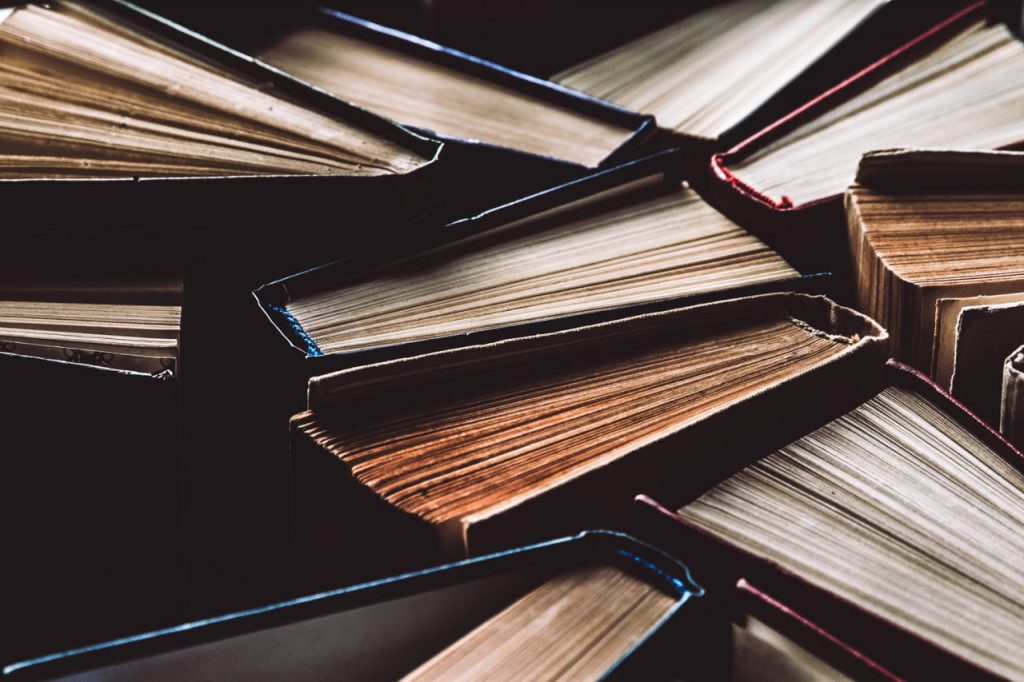Calligraphy, the art of beautiful handwriting, has been intertwined with book design for centuries. From illuminated manuscripts of the Middle Ages to modern artisanal books, calligraphy adds a unique, handcrafted touch that elevates the visual and emotional impact of a book. In an age of digital typography, the timeless elegance and personal character of calligraphy make it a powerful tool for artists and bookbinders alike. This blog explores how calligraphy enhances book design, the techniques involved, and sources of inspiration to help you incorporate this art into your own projects.
The Role of Calligraphy in Book Design
Calligraphy serves many purposes in book design beyond simple decoration. It can communicate tone, mood, and style, creating an immediate emotional connection between the reader and the content. Titles, chapter headings, dedication pages, and even full texts can be rendered in calligraphy to add personality and uniqueness.
Handwritten letters convey a sense of craftsmanship and care that printed text often lacks. This can transform a book from a mere vessel of information into a cherished work of art. Calligraphy can complement other design elements such as illustrations, marbled papers, and gilding, creating a cohesive and harmonious visual experience.
Essential Calligraphy Techniques for Book Design
Mastering calligraphy for book design requires understanding the fundamental techniques and tools used by calligraphers.
- Tools and Materials: Traditional calligraphy employs nib pens, brushes, and ink. Metal nibs come in various shapes and sizes to produce different line widths, while brushes allow for fluid, expressive strokes. Modern calligraphers may also use fountain pens, markers, or digital tablets, but for book design, classic tools remain popular for their authentic look.
- Basic Strokes and Letterforms: Calligraphy is built on a foundation of basic strokes, such as upstrokes, downstrokes, and curves. Practicing these repeatedly builds muscle memory and control, essential for creating consistent, elegant letters. Different calligraphy styles — like Italic, Copperplate, Gothic, or Uncial — have unique characteristics and rules that guide letter shapes and spacing.
- Layout and Spacing: Good calligraphy is not just about the letters but also their arrangement on the page. Paying attention to spacing between letters, words, and lines ensures readability and aesthetic balance. Centering, justified alignment, or creative layouts can be used depending on the book’s design concept.
- Ink and Paper Interaction: Choosing the right paper is crucial. Smooth, high-quality paper prevents ink from bleeding and allows crisp lines. Ink consistency and drying time also affect the final appearance, especially if layering or adding decorative flourishes.
Integrating Calligraphy with Other Book Design Elements
Calligraphy shines brightest when harmonized with other book design features.
- Illuminated Manuscripts and Decorative Elements: Historically, calligraphy was often paired with gold leaf, intricate borders, and miniature illustrations. These elements combined to create visually stunning pages that captured attention and conveyed prestige. Incorporating gilding or hand-painted details alongside calligraphy can add richness to modern book designs.
- Marbled and Handmade Papers: Using marbled endpapers or textured handmade paper as a backdrop for calligraphic pages adds depth and tactile interest. The organic patterns of marbling can contrast beautifully with the precision of lettering.
- Typography and Calligraphy Balance: In contemporary design, blending calligraphy with printed typefaces can create dynamic contrasts. For example, a calligraphic title paired with clean, simple body text directs the reader’s focus and enhances hierarchy.
Inspiration from Historical and Contemporary Calligraphy
The rich history of calligraphy offers endless inspiration for book designers.
- Medieval Manuscripts: The illuminated Bible manuscripts and Books of Hours are excellent examples of calligraphy’s role in religious and cultural expression. Their ornate Gothic and Carolingian scripts demonstrate discipline and artistic flair.
- Japanese and Chinese Calligraphy: These traditions emphasize brush strokes and fluidity, highlighting the expressive nature of writing as an art form. Their influence can inspire more abstract and spontaneous designs.
- Modern Calligraphy Artists: Contemporary artists blend traditional techniques with new styles, incorporating color, mixed media, and experimental layouts. Following modern calligraphers and attending workshops can refresh your approach and spark creativity.
Practical Tips for Using Calligraphy in Your Book Projects
- Start Small: Begin by creating calligraphic titles, quotes, or dedication pages before tackling longer texts. This builds confidence and skill.
- Practice Consistently: Calligraphy requires patience and practice. Daily drills and letter studies help improve precision.
- Experiment with Styles: Try different scripts and tools to find what best suits your book’s theme. Mixing styles can also yield unique effects.
- Digitize Your Work: High-resolution scans of your calligraphy can be edited and incorporated digitally, allowing flexibility in layout and reproduction.
- Collaborate with Calligraphers: If you’re not confident in your skills, partnering with a professional calligrapher can bring expert artistry to your project.

